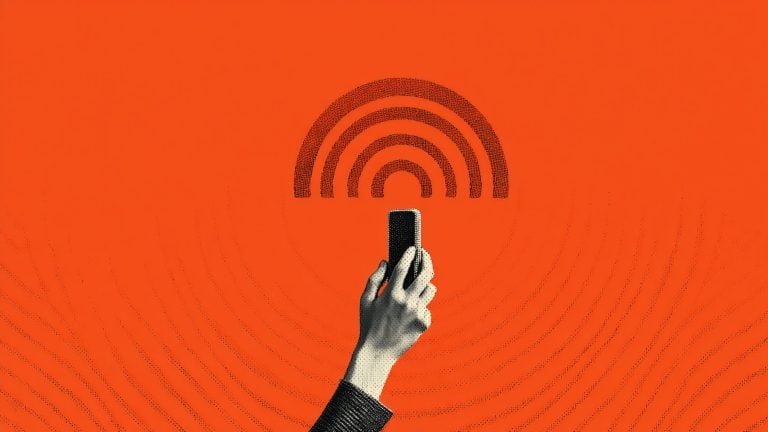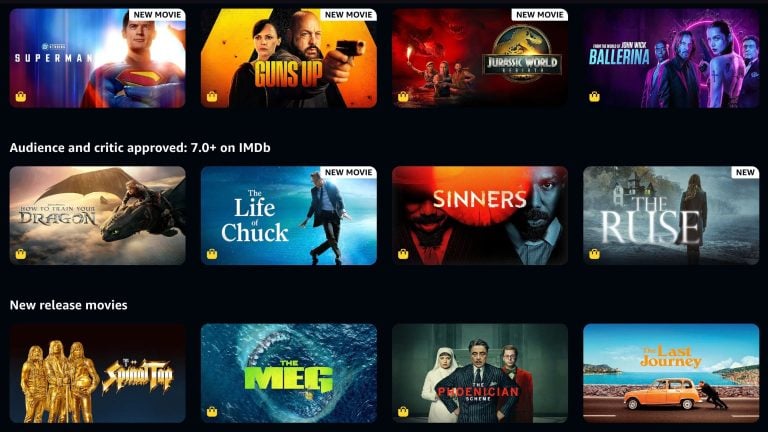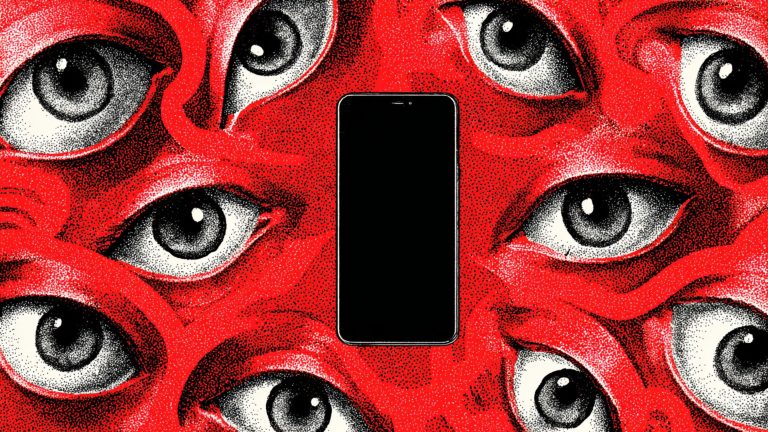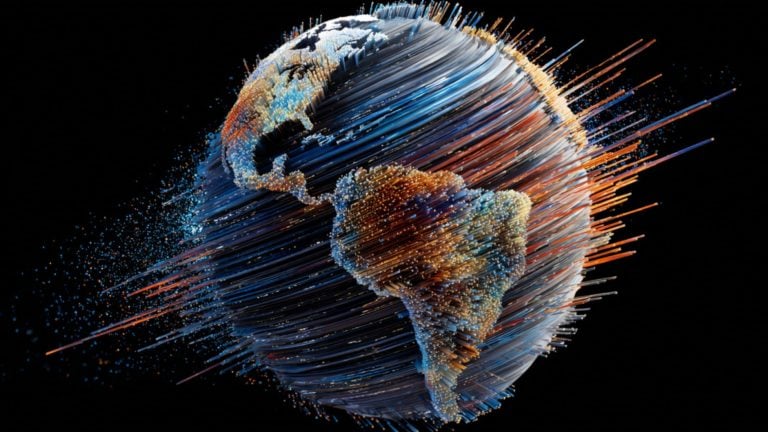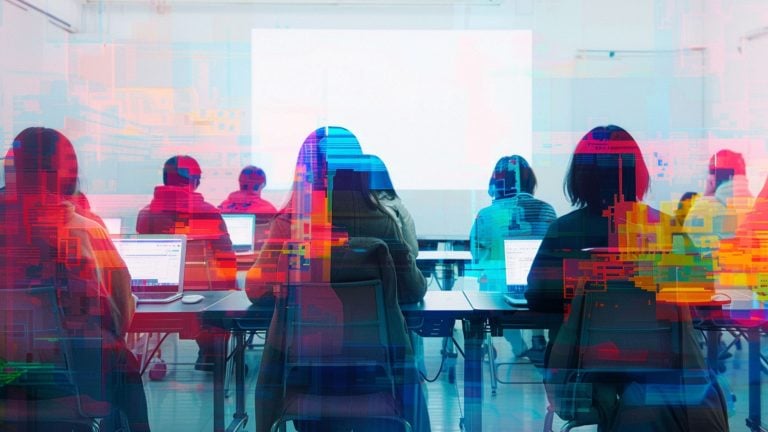The World Health Organization is collaborating with an analytics company to scan people’s social media conversations for “coronavirus misinformation;” something the WHO calls “social listening.”
The global health organization says that it’s not only fighting the pandemic but also the conversations people are having about it.
According to the WHO, there’s an “infodemic” – an overload and spread of misleading information, so much so that it decided that to tackle misinformation, it needs to employ various tools, including social listening, with machine learning monitoring.
“Countering fake news or rumors is actually only responding or mitigating when it’s too late,” said Tim Nguyen, a technology expert helping the WHO’s unit titled Information Network for Epidemics (EPI-WIN). “What we’ve put in place in the beginning of the pandemic is what we call a social listening approach.”
The company has been creepily scanning more than 1.6 million social media posts each week to monitor online conversation. It then uses machine learning to classify information into four topics; cause, illness, interventions, and treatments. The WHO’s aim is to learn the coronavirus topics that are gaining popularity so that it can then create its own content to counteract and attempt to change the narrative.
The WHO’s “social listening” goes beyond analyzing people’s conversations for content, it also tries to analyze their emotions. Through language analytics, the technology detects emotions such as sadness, acceptance, denial, and anxiety. With such insights, the WHO hopes to come up with effective strategies to adjust coronavirus narratives.
“What we’ve learned now, after two and a half months of doing this kind of analysis, is that there are recurring themes and topics that are coming back over and over again,” Nguyen explained. “What that means to us is that we need to re-push information at different times. People may not understand it the first time when we push it, but when the questions and issues come up later, it means it’s time to push it out again.”
The health organization recognizes that not everyone has access to social media. So, it is working with the UN Global Pulse to use AI and big data to apply social listening to radios, which are the most common source of information for people without access to the internet. The UN Global Pulse is already applying social listening in Uganda, where they try to tackle rumors that coronavirus can be treated with natural remedies.
“You need to have a certain degree of good information out there to reach populations so that they are inoculated and not susceptible to fake news or disinformation. We believe we need to vaccinate 30% of the population with ‘good information’ in order to have a certain degree of ‘herd’ immunity against misinformation,” Nguyen said.

